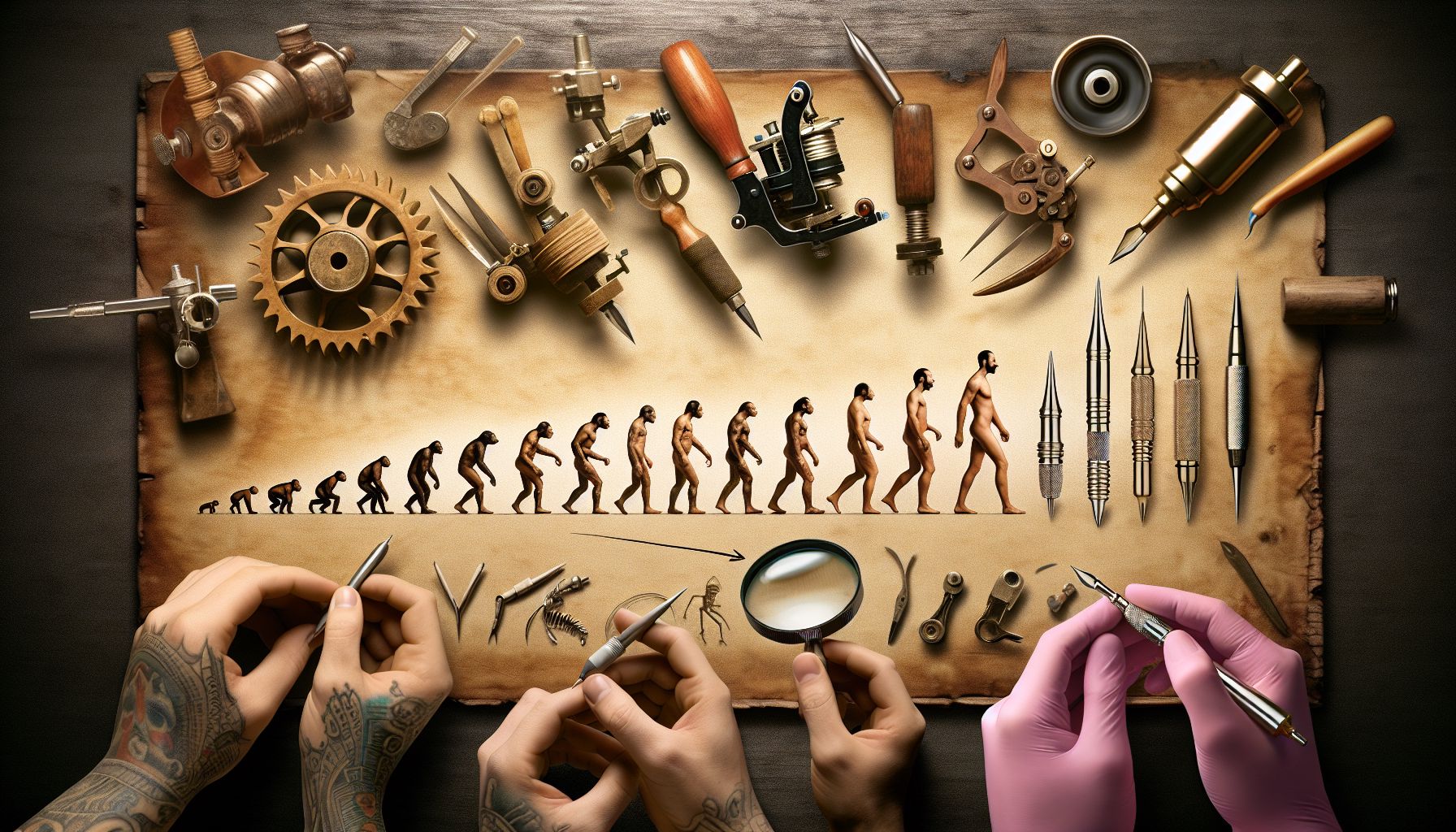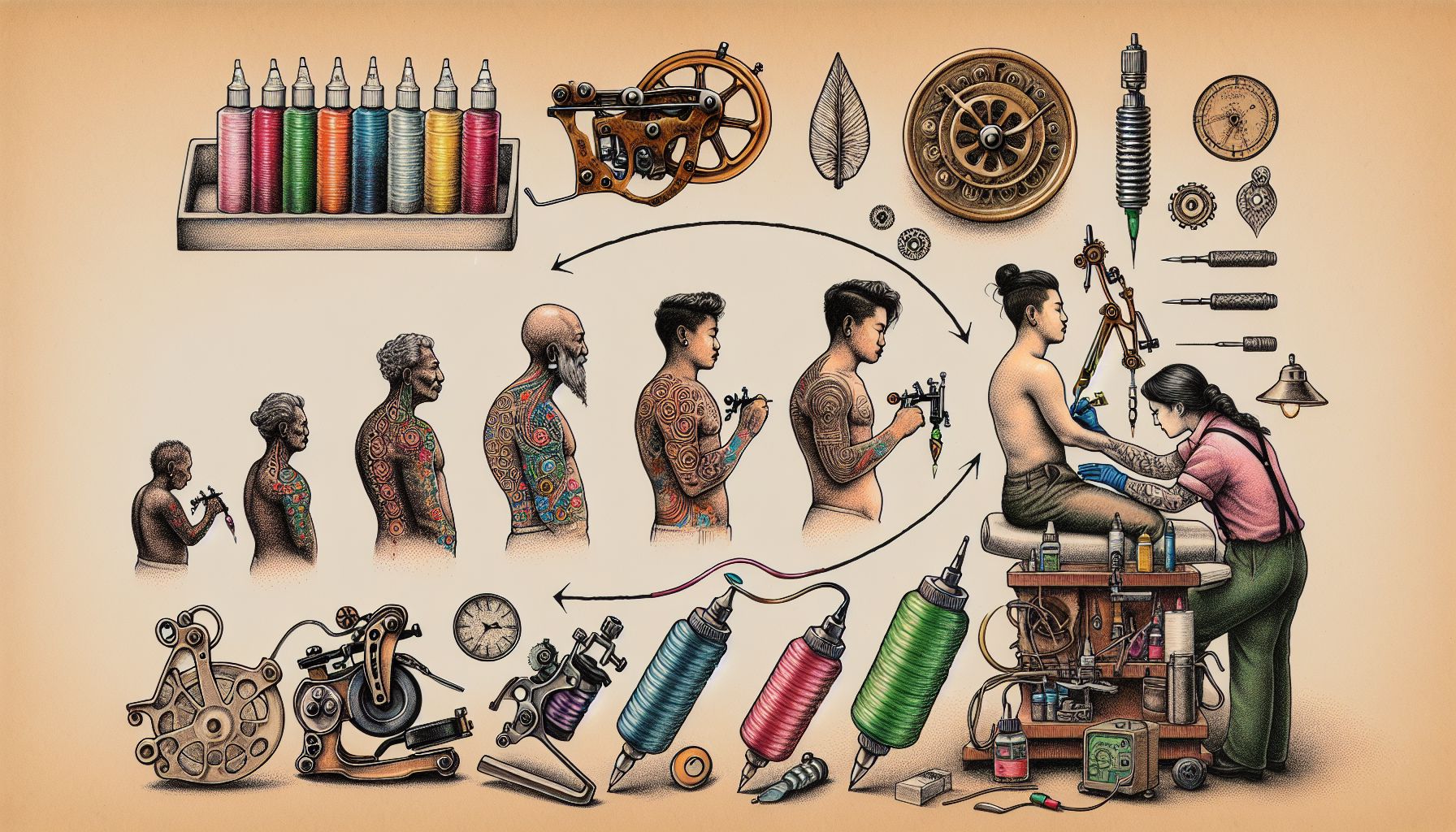Tattooing goes back centuries, almost since the dawn of civilization. Rendering this ancient art into today’s modern world requires a unique blend of creativity and precision. The right tattoo supplies can make a world of difference in translating a design from paper to skin smoothly. In particular, tattoo needles have seen radical transformations over years, refining the process further. Starting from sharp bamboo sticks to electrical-driven multiple-needle configurations, their evolution mirrors the progression of tattooing itself as an art form. As a veteran in this industry, I would like to shed some light on the fascinating world of tattoo needles, their types, usage, and recent developments.
The Humble Beginnings
Tattoo needles could be one of the most overlooked yet fundamentally important tattoo supplies. This was evident right from the early days of tattooing, when primitive tribes used sharpened bamboo sticks or bones to inscribe symbolism into their skin. Then, as civilization grew and tattoo techniques became more sophisticated around Polynesia, these organic needles were replaced with ones made from metal – a safety and hygiene upgrade and a significant departure from the rudimental tools used by their forefathers.
Modern-Day Tattoo Needles: A World Of Choices
Fast forward to today, and tattoo needles have evolved into intricate pieces of machinery. They are now categorized into different types, based on their function and configuration. And knowing these types, their application, and correct usage is like the artist knowing their palette or a surgeon knowing their scalpel.
The most widely used are round liners, which are primed for precision work, perfect for outlining and intricate detailing. On the other hand, magnum needles (mags) are designed for shading and coloring on a larger scale. Each kind has derivative forms, like curved mags and stacked magnums, each catering to specific techniques and effects.
Round shaders are ideal for black and gray shading, while flat needles are suited for intricate geometric patterns. Then there’s the Bugpin needles, typically used for super detailed works or delicate color blending. These are just various options at a tattoo artist’s disposal, making the art more versatile and diverse.
The Evolution Continues: Cartridge Needles
Tattooing isn’t immune to the wave of technological advancement sweeping across industries. And the latest wonder in tattoo supplies is the cartridge needles.
Inheriting the basic concept from their traditional counterparts, what sets cartridge needles apart is convenience and safety. They come enclosed in a one-time-use, disposable plastic housing that simplifies the process of switching needles during a session. This not only saves time but significantly minimizes cross-contamination. It’s an innovation that underlines the importance of practicing safe tattooing.
Making The Right Decision
Choosing the right needles means understanding your style and knowing how to achieve the desired effects. It’s also a matter of comfort in handling different needle configurations, every tattoo artist developed their affinity towards certain needle types with time.
The quality of the needle also substantially impacts the tattooing process. Lower grade needles can lead to trauma to the skin or hamper precision. Hence, investing in superior quality tattoo supplies is non-negotiable for any conscientious artist.
Moreover, while embracing newer technologies like cartridge needles, it’s crucial to not ignore the hygiene protocols. Always use pre-sterilized, one-time use needles to safeguard you and your client’s well-being.
A Stroke Of The Future
In conclusion, the journey of tattoo needles is a testament to the progress and perseverance of the human spirit. Their evolution from rudimentary bamboo sticks to intricate, highly specialized tools mirrors our advancement as a civilization. And rest assured, the future holds even more exciting innovation and improvement, transforming the way we perceive and practice the art of tattooing. All aspiring and existing tattoo artists should gear up to embrace these changes, keeping their tattoo supply game on point. After all, success in this art form, as with any other, is a careful balance of inspiration, innovation, and the right tools.


